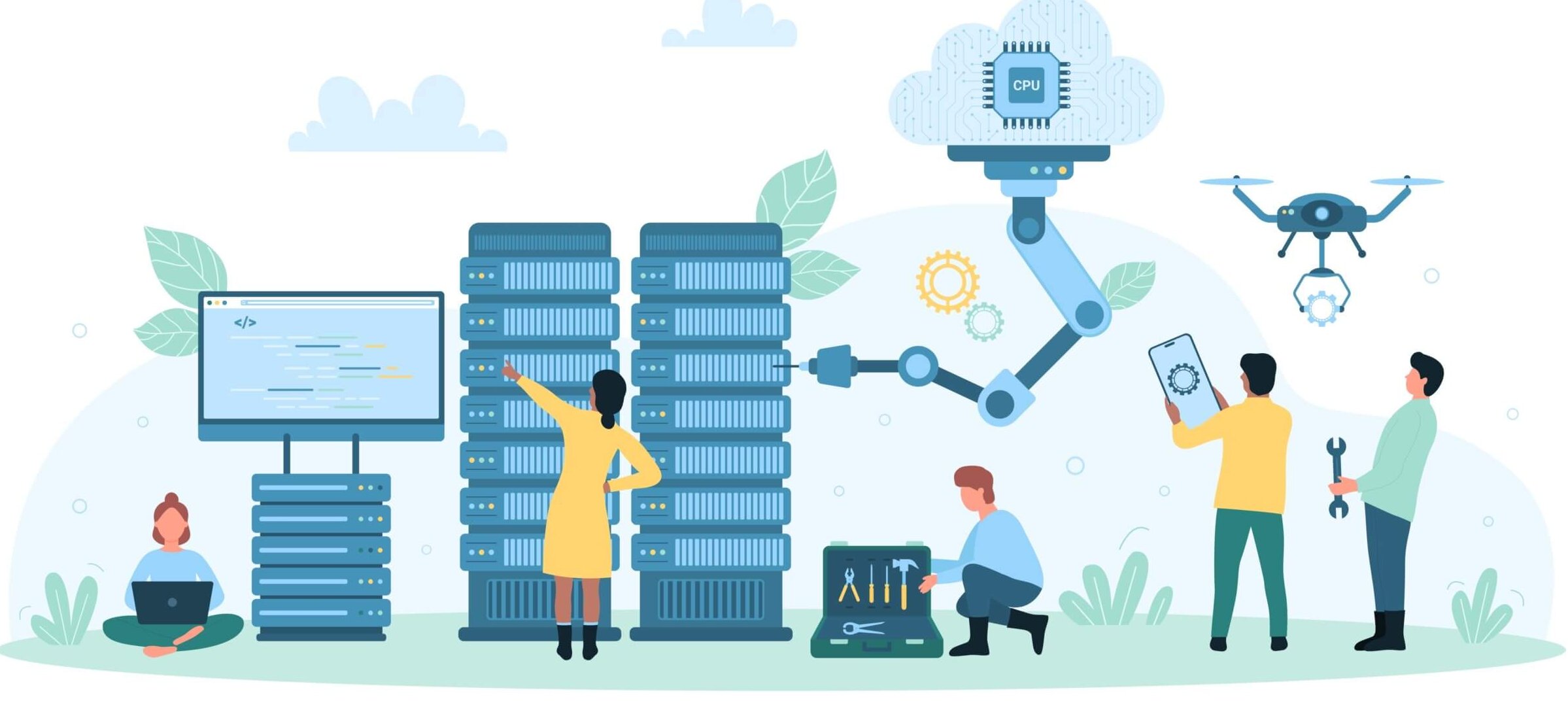Advertising tycoon David Ogilvy famously remarked, “Half the money I spend on advertising is wasted; the trouble is I don’t know which half.” Replace the word “half” with “one-third” and “advertising” with “public cloud” and you’d describe what enterprises are grappling with right now. They know that not all of the cloud resources they’re paying for are being used, but they don’t know which ones those are. In fact, idle resources account for a significant portion of cloud waste. How much? A quick internet search uncovers stats from a variety of sources that all hover in the 30-35% range. This tallies with our own experience—the average wasted public cloud spend we’ve uncovered among our customers is 32%. This adds up to billions of dollars needlessly spent by organizations every year.
Why is there so much cloud waste?
One reason is that some organizations continue to use the traditional data center mindset when procuring cloud resources; many engineers simply aren’t used to having to account for costs and they haven’t built up that muscle. They buy cloud resources based on expected growth and unnecessarily pay for capacity they don’t need right now. Additionally, they keep services running all the time irrespective of actual utilization. But unlike in the data center—where if you own it, you own it—you don’t need to pay now for headroom to grow later, and excess utilization isn’t free.
Even as cost management becomes increasingly operationalized, such as in a DevOps workflow, there’s another factor that potentially affects all organizations operating in the cloud: It’s just so darn easy to spin things up and down. The reality is that the “down” part often gets forgotten in the everyday hustle and bustle. And when you start automating for scale, the problem can grow exponentially. For example, within AWS when you spin up a server, there are additional EBS volumes that you attach, which cost money. There’s a checkbox to terminate the storage when you terminate the EC2, which used to be unchecked by default. While there are circumstances where you’d need to keep the storage for a certain period of time for audit and compliance purposes, this isn’t always the case and if you forget to check the box, it’s easy to terminate just the instance and still keep paying for the now-unattached EBS. If a tool performs an automated process without checking the box, it could be creating lots of idle resources without you realizing it. (Read about how a one company was able to identify 1,152 unused resources which created $250,068 in instant savings.)
One-third of your spend is a LOT of money to throw away
Our recent State of Hybrid Cloud survey asked 350 cloud decision makers how they track abandoned and unused cloud resources. Only 3% stated they don’t have any wasted resources, so companies are clearly aware of the problem, though they might be shocked at the extent to which it happens. But what they are doing about it is all over the map.
- 27% use the native tools provided by their cloud provider
- 20% have developed their own scripts and/or tools
- 18% use open source tools
- 14% use a third-party software tool
- 12% have outsourced this function to a managed service provider (MSP)
- 6% don’t effectively track them
- 3% don’t have any abandoned and unused cloud resources
Most respondents (79%) employ some sort of tool, with the most prevalent option, indicated by 27%, being those offered by their cloud provider. There are a number of problems with these native tools. They’re manual, which means you have to remember to do it. Additionally, performance and cost data tend to live in separate buckets, and the native tools aren’t typically tied to cost, so you have to triangulate data from multiple places to get that information. And if you’re in a multi-cloud scenario, you’ve got to go through the process with each your cloud provider’s tools.
Another 20% of respondents write their own scripts and/or tools to address the problem. In addition to consuming valuable time and resources that could be better spent on other activities, the challenge here is, again, it can be hard to associate costs with cloud resources. Further, if you are a large, complex organization, it can be difficult to assess scope. In the case study noted above, the company had 50 AWS accounts owned by different parts of the organization with different departments each controlling multiple accounts. This makes it impossible to filter down to an individual group’s account to determine what may be deleted. Even if you had, for example, a three-person IT department operating in a single silo over which you have complete control, you might know what can be safely deleted, but if finance needs to keep things in one area for three months for audit reasons, but the others can be eliminated, it all quickly becomes a nightmare to manage.
A better approach
You need a tool that combines performance and cost data to identify idle resources, show you how much you’re spending on them, allow you to drill down as needed, and enable you to take action as appropriate—and do it all across your entire hybrid cloud infrastructure in an automated fashion. This enables you to chop your cloud spend by a significant amount with zero impact on the value you’re getting. You can instantly increase the ROI of your cloud investment—and you don’t have to make a single trade-off to make that happen.
Eliminate idle or unused cloud resources with Virtana
Virtana’s CloudWisdom makes it easy to identify idle storage or disk resources, or elastic IP addresses, so you can turn them off before they bloat your cloud spend. Setup is easy and fast—it takes just 10 minutes—and your idle resource report with associated cost information is available instantly. Exception-based emails deliver automatic notifications on an ongoing basis so you can keep waste out permanently.
Learn more about the current state of hybrid cloud

Randy Randhawa




